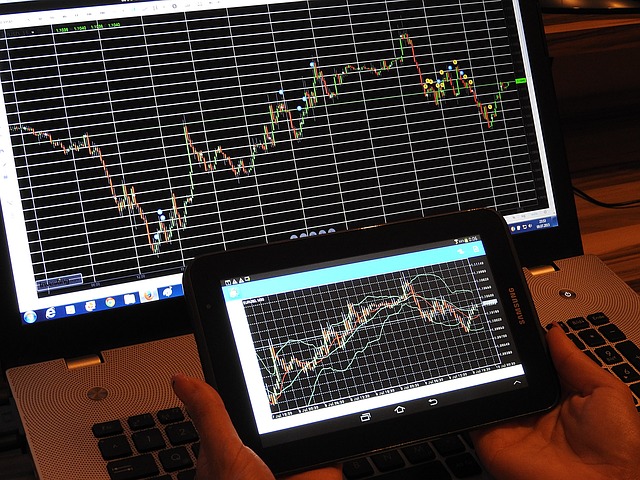Quick Ratio is the ratio that measures the ability of a firm to cover its current liabilities with their most liquid current assets. Quick Ratio = (Current Assets – Inventory) / Current Liabilities
A Put Option gives the holder the right to sell the underlying stock or futures contract at a specified strike price.
Pink Sheets refer to the trading of stocks that are not listed on a major exchange or the OTCBB due to a lack of minimum listing requirements or filing financial statements with the SEC (Securities Exchange Commission)
Par Value is the amount that the issuer of a bond agrees to pay at the date of maturity.
Out-Of-The-Money refers to an option that is unfavourable to exercise.
An Options Contract is a contract which specifies how much of the underlying asset can be bought or sold at a specific price. An option contract to buy the underlying is a call option, and to sell the underlying is a put option. Most stock options contracts represent 100 underlying shares.
Market Risk is the general risk for investing in the any security. Every industry in the market is affected by this risk. Examples of market risk: depression, war, inflation etc.
Initial Public Offering, or IPO for short, represents the first opportunity for the public to purchase shares of a company.
Futures Contracts are a standardized, transferable legal agreement to make or take delivery of a specified amount of a certain commodity, currency, or an asset at the end of specified time frame. The price is determined when the agreement is made. Future contracts are always marked to market.
Expiration Date is the last day upon which an option or futures contract can be exercised or traded.
Excess Return is the return in excess of that required by shareholders based on the beta of the company.
Equity is the residual interest of an owner in an asset after all debt and tax payments have been taken care of.
An ECN or Electronic Communication Network is a computer network that facilitates the trading of stocks outside of the regular market hours.
Discount refers to the price of a bond when it is below its par value.
Derivative is a type of security whose value is “derived” from an underlying asset. (Eg; Futures and Options).
A depression is a recessionary decline in real GDP (taking inflation into account) greater than 10% lasting at least 3 years.
Delta is also called the hedge ratio, which is the ratio of the change in price of an option to the change in price of the underlying stock.
Currency Risk is the risk an investor is exposed to when investing in international markets. Currency risk is mainly associated with the fluctuations in exchange rates of the various world currencies.
Coupon Rate is the rate of interest paid on a bond, expressed as a percentage of the bond’s face value.
A Coupon is the periodic interest payment made to a bondholder during the life of the bond. (Usually semi-annual)
Convertible Preferred Stock are Preferred stock that can be converted into common stock at a particular time frame.
Convertible Bonds are bonds that can be converted into Common Stock usually at the maturity of the bond.
A Contract is term that describes the unit of trading for a stock option, future option or future. It lists all the obligations and particulars related to the security.
Buy-Sell Agreement is an agreement between shareholders or business partners where both parties agree to purchase or sell a stock.
Return on Equity (ROE) is used to measure how much profit a company is able to generate from the money invested by shareholders. Click on this post to see how it is calculated, what kind of ROE you should look for, and more!
EPS (Earnings-Per-Share) measures how much of a company’s net income actually trickles down to each outstanding share. EPS is a good estimator of how much money each shareholder is entitled to from the profits of the company.
Class B Shares are a form of common stock that may have more or less voting rights that Class A shares. Generally Class B shares have lesser voting rights, but be vary of some companies that trick investors by using the perception of Class “B” (compared to “A”) shares to attach more voting rights to them than Class A shares.
Class A Shares are a form of common stock that may have more or less voting rights that Class B shares. Generally Class A shares have more voting rights, but companies sometimes trick investors by using the perception of “Class A” shares to attach fewer voting rights to them than Class B shares.
A Balanced Fund is a type of Mutual Fund whose main objective is to diversify risk by holding a defined percentage of different security types.
AMEX is the third largest Stock Exchange in the US by trading volume.
An Aggressive Growth Fund is a form of Mutual Fund whose main investment objective is to achieve capital gains.



























